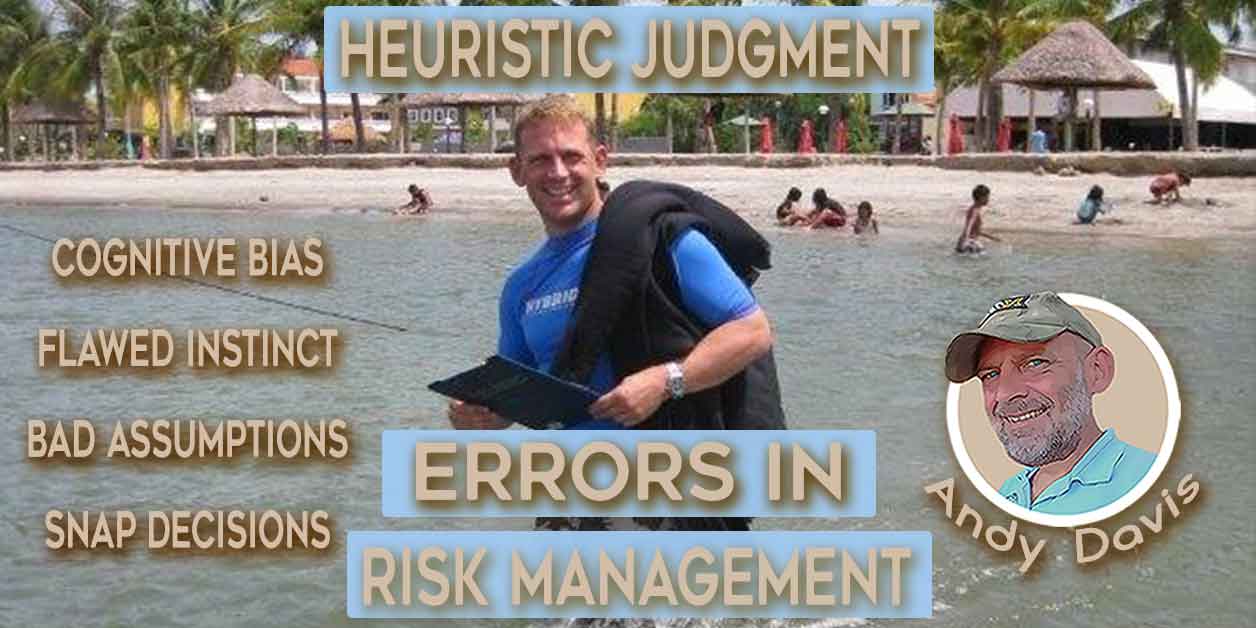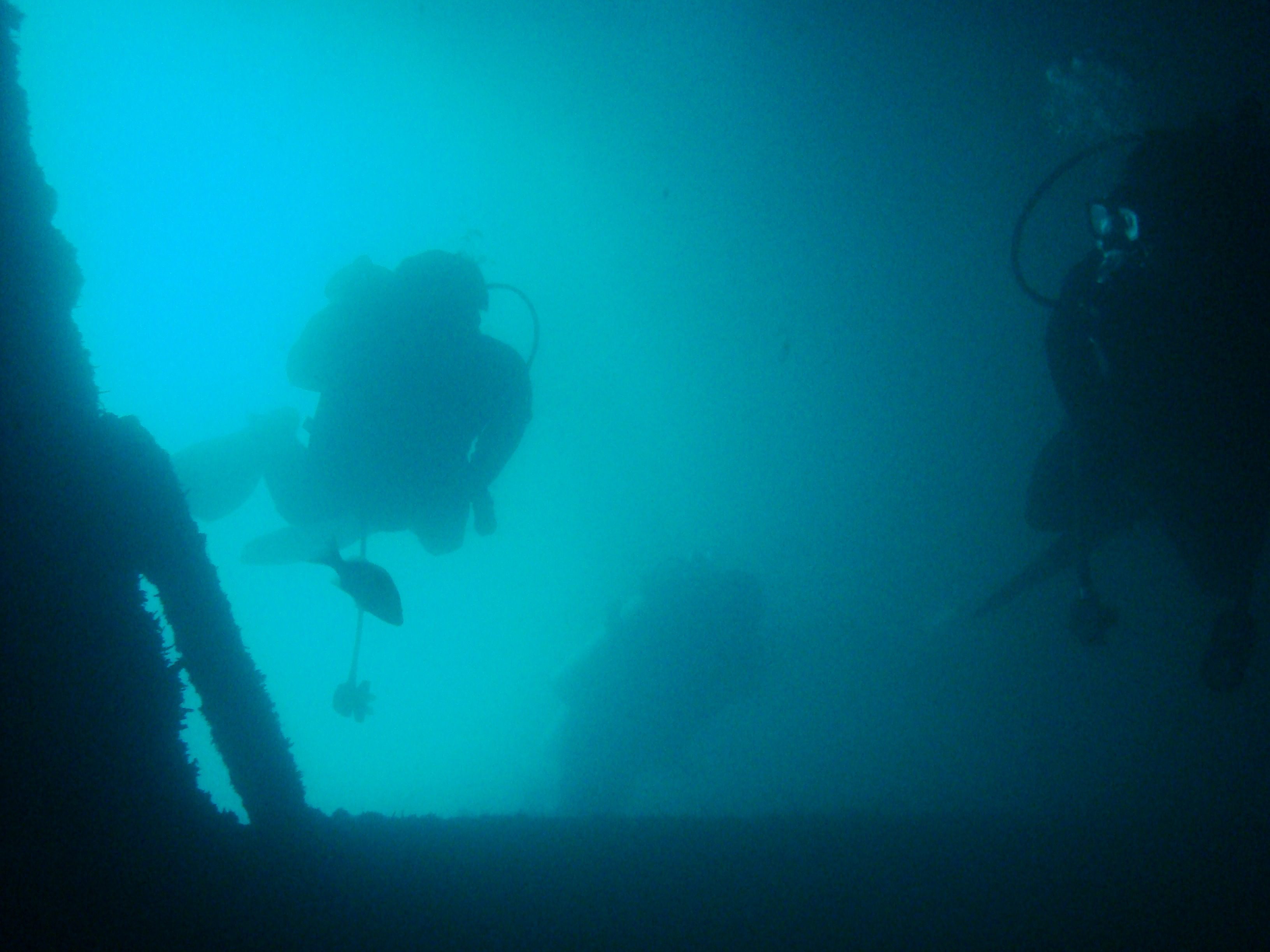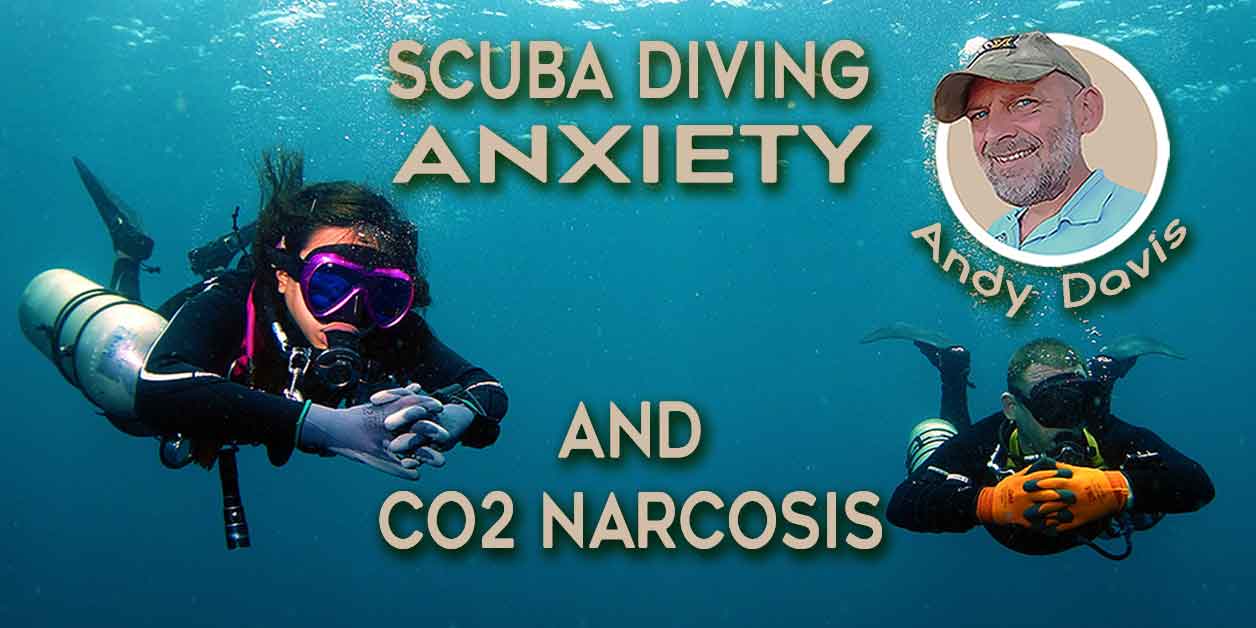The Risks of Scuba Diving: Understanding the Hidden Dangers Underwater
Scuba diving is an exciting and exhilarating activity that allows you to explore the underwater world. But like any adventure sport, scuba diving comes with risks.
From equipment malfunctions to underwater hazards, it’s essential to understand the potential dangers before you dive in.
In this article, I will discuss the risks of scuba diving and how you can stay safe underwater.
What are the risks of scuba diving?
Introduction Scuba diving is one of the most popular adventure sports in the world, attracting millions of people each year. With its stunning scenery, unique wildlife, and tranquil atmosphere, it’s easy to see why.
However, scuba diving is not without its risks. To ensure that you have a safe and enjoyable dive, it’s important to understand the dangers and how to minimize them.
Decompression sickness
Decompression sickness, also known as “the bends,” is a serious condition that can occur when divers ascend too quickly from depth. As you dive, your body absorbs nitrogen from the air you breathe.
If you ascend too quickly, the nitrogen can form bubbles in your bloodstream, causing pain and discomfort. To prevent decompression sickness, you should always follow the dive tables and never exceed the recommended dive time.
Symptoms of decompression sickness can include:
- Joint and muscle pain
- Fatigue and malaise
- Nausea and vomiting
- Skin rashes
- Headache
- Dizziness
- Involuntary coughing and choking
If decompression sickness is severe, it can progress to more advanced symptoms, including:
- Paralysis
- Loss of consciousness
- Seizures
- Coma
- Death
Nitrogen Narcosis
Nitrogen narcosis, also known as inert-gas narcosis, is a condition that becomes effectful when a diver descends to depths greater than 30 meters/ 100 feet. The pressure of nitrogen within the breathing gas at depth has a sedative effect and can impair a diver’s cognitive abilities; decreasing their judgment and reaction time.
To minimize the risk of nitrogen narcosis, divers should avoid diving to depths greater than their training and experience allow. Helium gas can be added to the divers’ cylinder to nullify the effects of narcosis; although this is a costly option and few diving agencies offer the necessary training at recreational levels.
Hypothermia
Hypothermia is a condition that occurs when your body loses heat faster than it can produce it. This can happen when you’re diving in cold water, where the body’s core temperature drops below normal levels.
To prevent hypothermia, it’s important to wear exposure protection (wetsuit or drysuit) appropriate for the water temperature and to take regular breaks to warm up. You should also stay hydrated and take steps to maintain your body temperature during the dive.
The early symptoms of hypothermia can include:
- Shivering
- Fatigue and exhaustion
- Confusion
- Memory loss
- Numbness and tingling in the extremities
- Slurred speech
- Reduced dexterity and fumbling
- Drowsiness
- Slow breathing and heartbeat
If hypothermia is not addressed in its early stages, it can progress to more advanced symptoms, including:
- Unconsciousness
- Coma
- Death
Risks of scuba diving: Hyperoxia
On the other hand, hyperoxia occurs when the oxygen concentration in your breathing mix becomes too high, leading to oxygen toxicity. This can cause convulsions and unconsciousness; which typically lead to drowning when underwater. It’s essential to use a breathing mix appropriate for the dive depth. Nitrox (EANx) and technical diving courses teach divers how to calculate a Maximum Operating Depth (MOD) appropriate for the oxygen content of their breathing gas mixture.
Early symptoms of hyperoxia do not always present, but can include:
- Headache
- Dizziness
- Nausea
- Fatigue
- Shortness of breath
- Changes in vision
- Increased heart rate and breathing rate
- Confusion
If hyperoxia is not addressed immediately, it can progress to more advanced symptoms, including:
- Seizures
- Unconsciousness
Risks of scuba diving: Hypoxia
Hypoxia is a condition that occurs when your body doesn’t receive enough oxygen. This is primarily a risk when diving closed circuit rebreathers (CCR) or when conducting hypoxic trimix diving. To avoid hypoxia, you should seek appropriate training for CCR or full-trimix diving.
The initial symptoms of hypoxia can include:
- Confusion
- Inability to assess risk
- Reduced attention
- Mental fog
If hypoxia is not addressed quickly, it will rapidly progress to unconsciousness; which makes drowning very likely.
Saltwater aspiration syndrome
Saltwater aspiration syndrome is a condition that can occur when saltwater mist is inadvertently inhaled into the lungs. This can happen if a diver attempts to breathe from an uncleared regulator, if the regulator diaphragm or exhaust valve allows water ingress or if the diver tries to take a breath at the surface in rough water conditions.
The symptoms of saltwater aspiration syndrome can vary depending on the severity of the condition, but they may include:
- Coughing
- Chest pain
- Shortness of breath
- Nausea and vomiting
- Fatigue
- Confusion
- Rapid breathing
- Flu-like symptoms
This condition can cause inflammation and damage to the lungs, and in severe cases, it can lead to drowning.
To prevent salt water aspiration syndrome, you should always check your regulator before each dive, and make sure that it’s securely in place. You should also avoid taking breaths from the surface while still underwater and only take breaths from the regulator.
Immersion Pulmonary Edema (IPE)
Immersion Pulmonary Edema (IPE), also known as immersion pulmonary oedema (IPO) involves the abnormal leakage of fluid into the lungs. The exact cause of IPE is not fully understood. However, it is believed to involve a combination of factors that can lead to increased pressure in the alveolar capillaries and subsequent leakage of fluid.
Divers with pre-existing heart or blood pressure conditions are more vulnerable to IPE. Additionally, overhydration before diving is believed to increase the risk of IPE.
Immersion Pulmonary Edema can occur suddenly, during or after a dive. It can present symptoms such as:
- Rapid onset of shortness of breath
- Coughing
- Chest pain
- Fatigue
- Sense of anxiety or impending doom: Some individuals may experience a sense of anxiety or a feeling that something is seriously wrong.
Gas embolism
Gas Embolism is a medical condition that occurs when an air bubble enters the bloodstream through a lung over-expansion injury and blocks the flow of blood to a part of the body.
This can happen when scuba divers make a rapid ascent to the surface with a closed airway, as the sudden increase in pressure can cause the air in the lungs to expand, tear tissues and force bubbles into the blood supply or chest cavity. This is a life-threatening situation and is known as a lung overexpansion injury.
The symptoms of embolism can vary depending on the location and size of the air bubble. Some of the most common symptoms include:
- Shortness of breath
- Chest pain
- Coughing
- Lightheadedness or dizziness
- Fatigue
- Joint or muscle pain
- Numbness or tingling in the limbs
Dysbaric osteonecrosis (DON)
Dysbaric osteonecrosis (DON) is a medical condition that occurs when the bones in the body become damaged due to repeated changes in pressure. This can happen when scuba divers make very frequent dives over long durations.
It is especially pertinent to professional full-time divers. The leading medical hypothesis is that the pressure changes create sub-clinical micro-bubbles leading to bone necrosis over time.
The symptoms of dysbaric osteonecrosis can take several months or even years to develop, and they may not always be noticeable at first. Some of the most common symptoms include:
- Pain or discomfort in the bones
- Stiffness or limited mobility in the affected joints
- Swelling or inflammation in the affected area
- Loss of bone density
- Weakness or instability in the affected bones
Marine life injury
Scuba diving can bring divers into close contact with a variety of marine life, including fish, sea mammals, and other sea creatures.
While these encounters can be exciting and awe-inspiring, they can also pose a risk of injury to both the diver and the marine life. It is important for scuba divers to be aware of the risks of marine life injury and to take steps to minimize these risks.
Some of the risks to the diver from marine life injury can include:
- Sting or bite from a venomous creature
- Lacerations from the fins or beak of a fish
- Scratch or abrasion from coral or rocks
- Infection from open wounds
General risks of scuba diving
Equipment malfunctions
One of the most significant risks of scuba diving is equipment malfunction. Your dive gear is essential to keeping you alive underwater, and if it fails, it can have catastrophic consequences.
Before each dive, you should inspect your gear and make sure it’s in good working order. Make sure to complete any necessary maintenance and replace worn or damaged equipment.
Underwater hazards
Another significant risk of scuba diving is underwater hazards. From currents to marine life, there are many hazards that can pose a threat to your safety. To minimize the risk of injury, you should always dive with a partner and be aware of your surroundings. You should also avoid touching or disturbing marine life, and never dive in areas with strong currents or poor visibility.
Risks of scuba diving: Extreme depth maladies
Compression Arthralgia
Compression Althralgia is a technical diving malady caused by a rapid descent to extreme depths. Joint fluids crystalize, leading to extreme pain & reduced mobility when moving limbs, hands, & fingers.
High-Pressure Nervous Syndrome
High-Pressure Nervous Syndrome, also known as High-Pressure Neurological Syndrome, is a technical diving malady caused by a rapid descent to extreme depths. The central nervous system function is degraded; leading to increasing severe tremors.
The risks of scuba diving: Conclusion
Scuba diving is a thrilling and exciting activity, but it’s essential to understand the potential risks and take steps to minimize them.
Whether it’s equipment malfunctions, decompression sickness, underwater hazards, hypothermia, hypoxia or hyperoxia, or salt water aspiration syndrome, it’s important to be aware of the dangers and take the necessary precautions.
With the proper training, preparation, and knowledge, scuba diving can be a safe and enjoyable experience for everyone. Whether you’re a beginner or an experienced diver, always prioritize your safety and remember to dive within your limits.
About The Author

Andy Davis is a RAID, PADI TecRec, ANDI, BSAC, and SSI-qualified independent technical diving instructor who specializes in teaching sidemount, trimix, and advanced wreck diving courses.
Currently residing in Subic Bay, Philippines; he has amassed more than 10,000 open-circuit and CCR dives over three decades of challenging diving across the globe.
Andy has published numerous diving magazine articles and designed advanced certification courses for several dive training agencies, He regularly tests and reviews new dive gear for scuba equipment manufacturers. Andy is currently writing a series of advanced diving books and creating a range of tech diving clothing and accessories.
Prior to becoming a professional technical diving educator in 2006, Andy was a commissioned officer in the Royal Air Force and has served in Iraq, Afghanistan, Belize, and Cyprus.
In 2023, Andy was named in the “Who’s Who of Sidemount” list by GUE InDepth Magazine.
Purchase my exclusive diving ebooks!
Scuba diving risks FAQ
Decompression sickness
Nitrogen Narcosis
Hypothermia
Hyperoxia
Hypoxia
Saltwater aspiration syndrome
Gas embolism
Dysbaric osteonecrosis
Marine life injury
Equipment malfunctions
Underwater hazards
Compression Arthralgia
High-Pressure Nervous Syndrome
Joint and muscle pain
Fatigue and malaise
Nausea and vomiting
Skin rashes
Headache
Dizziness
Involuntary coughing and choking
Paralysis
Loss of consciousness
Seizures
Coma
Death
Shivering
Fatigue and exhaustion
Confusion
Memory loss
Numbness and tingling in the extremities
Slurred speech
Reduced dexterity and fumbling
Drowsiness
Slow breathing and heartbeat
Unconsciousness
Coma
Death
Confusion
Inability to assess risk
Reduced attention
Mental fog
Unconsciousness
Headache
Dizziness
Nausea
Fatigue
Shortness of breath
Changes in vision
Increased heart rate and breathing rate
Confusion
Seizures
Unconsciousness
Coughing
Chest pain
Shortness of breath
Nausea and vomiting
Fatigue
Confusion
Rapid breathing
Flu-like symptoms
Shortness of breath
Chest pain
Coughing
Lightheadedness or dizziness
Fatigue
Joint or muscle pain
Numbness or tingling in the limbs
Pain or discomfort in the bones
Stiffness or limited mobility in the affected joints
Swelling or inflammation in the affected area
Loss of bone density
Weakness or instability in the affected bones
Sting or bite from a venomous creature
Lacerations from the fins or beak of a fish
Scratch or abrasion from coral or rocks
Infection from open wounds
Originally posted 2023-03-13 16:56:57.
















Hi Alana, I have a number of articles covering different diving maladies, but (other than this article) there is no content specific to health risks from an occupational medicine perspective.
Hi,
Is there any article related to Title:Professional Divers -Health risks (Occupational Medicine)